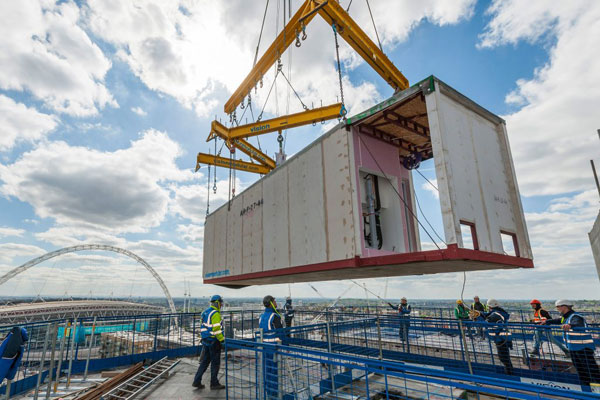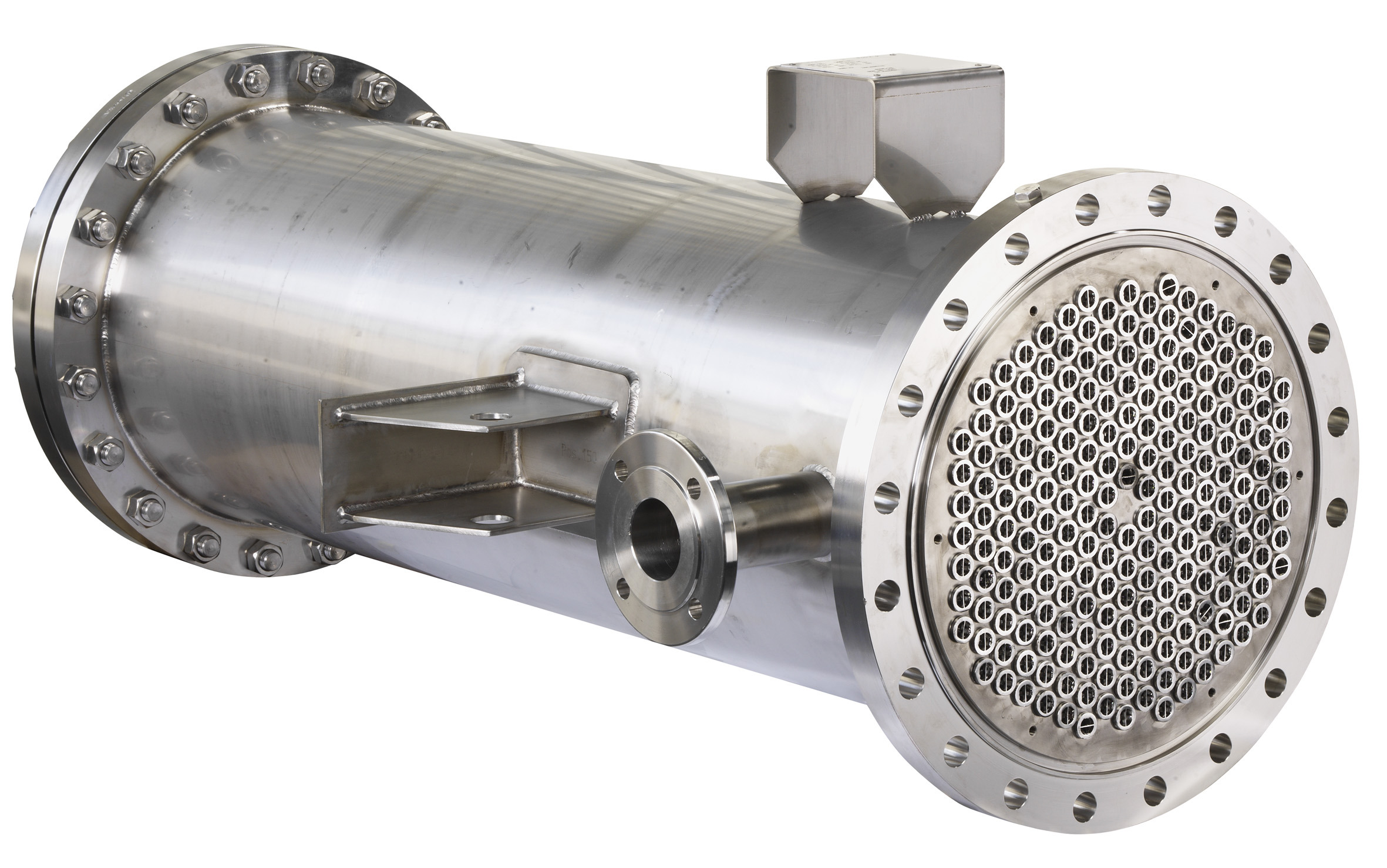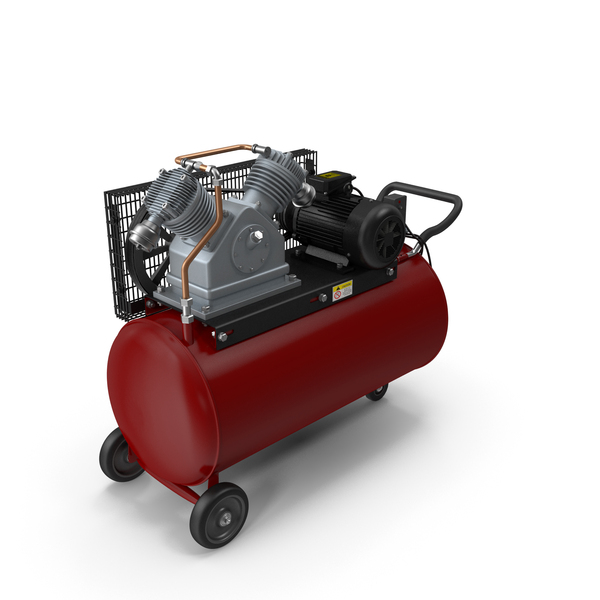The Rise of Modular and Prefabricated Construction Market: A Look at the Growth Drivers and Future Trends

Strong 8k brings an ultra-HD IPTV experience to your living room and your pocket.
The Modular and Prefabricated Construction Market has seen significant transformation over the years, driven by technological advancements, changing consumer demands, and a growing emphasis on sustainability. Among the most revolutionary trends in recent years is the shift towards modular and prefabricated construction. This innovative approach, which involves assembling building components in a factory before transporting them to the construction site for assembly, is reshaping the way we think about construction projects. This article explores the modular and prefabricated construction market, particularly focusing on one of the key growth drivers – the demand for faster construction.
Introduction to Modular and Prefabricated Construction
Modular and prefabricated construction refers to building techniques where parts of a structure are made in a controlled factory environment and then transported to the construction site for assembly. The distinction between the two methods lies in the level of modularity. In modular construction, entire sections of a building, such as rooms or floors, are prefabricated and then assembled on-site. Prefabrication, on the other hand, might involve elements such as walls, roofs, and floors, which are then put together on-site.
These techniques contrast with traditional construction, where buildings are constructed entirely on-site, which often involves longer timeframes, increased costs, and unpredictable weather-related delays. As urbanization continues to accelerate, the construction industry faces increasing pressure to meet the growing demand for housing, infrastructure, and commercial properties more efficiently and sustainably.
Key Growth Drivers of Modular and Prefabricated Construction
Several factors are driving the rapid growth of the modular and prefabricated construction market. Among these, the demand for faster construction is one of the most significant and influential drivers. Let's explore this in more detail.
Demand for Faster Construction
As cities expand and population growth surges, the demand for housing and commercial spaces is escalating. Traditional construction methods can take months or even years to complete, depending on the size and complexity of the project. This delay can result in missed business opportunities, housing shortages, and increased costs for developers and homeowners.
Modular and prefabricated construction offers a solution to these challenges. Since a large portion of the construction work is completed off-site in a controlled factory environment, the construction time on-site is dramatically reduced. What typically takes months to complete can be condensed into a matter of weeks, allowing developers to meet the increasing demand for buildings faster.
Additionally, modular construction minimizes weather-related delays since much of the building process occurs indoors in a factory setting. This streamlined process is especially critical for industries like healthcare, education, and hospitality, where time-sensitive projects need to be completed quickly to serve growing populations or businesses.
Cost Efficiency and Labor Shortages
Another key driver of growth in modular and prefabricated construction is cost efficiency. Traditional construction methods are often burdened with high labor costs, material wastage, and inefficiencies on-site. With modular and prefabricated techniques, much of the work is done in a factory environment, reducing labor costs and improving productivity. Factory workers are specialized, and the manufacturing process is streamlined, leading to fewer errors and less waste.
Moreover, labor shortages have become a significant issue in the construction industry. Many regions are experiencing difficulties in sourcing skilled labor for traditional construction jobs. Modular and prefabricated construction helps to mitigate this challenge by reducing the need for a large on-site workforce. Instead of relying on a large, diverse group of tradespeople, modular construction focuses on factory workers with specialized skills.
Sustainability and Environmental Benefits
Sustainability is another important growth driver for modular and prefabricated construction. As concerns over climate change and environmental sustainability increase, there is a growing need for more eco-friendly construction methods. Modular construction is inherently more sustainable than traditional construction due to its efficient use of materials, less waste, and shorter construction times, which leads to a smaller carbon footprint.
Additionally, prefabricated components are typically designed with energy efficiency in mind. Many modular buildings include advanced insulation, energy-efficient windows, and sustainable materials, making them more environmentally friendly than their traditionally built counterparts. This shift towards sustainability aligns with global efforts to reduce carbon emissions and create more energy-efficient infrastructure.
Technological Advancements
Technological advancements have also played a significant role in the growth of modular and prefabricated construction. Innovations in 3D printing, Building Information Modeling (BIM), and automation have streamlined the design and manufacturing processes, making it easier and more cost-effective to create customized modular and prefabricated components.
BIM, in particular, has revolutionized the way modular buildings are designed and constructed. This digital technology allows architects, engineers, and contractors to create detailed, accurate, and efficient building plans, ensuring that all components fit together seamlessly. As technology continues to evolve, modular and prefabricated construction will likely become even more advanced, enabling the creation of highly sophisticated and customized buildings.
Market Trends and Future Outlook
The modular and prefabricated construction market is projected to experience significant growth over the next few years, driven by a combination of factors such as urbanization, the demand for faster construction, and the push for sustainability.
Geographically, the market is seeing rapid growth in regions such as North America, Europe, and Asia-Pacific. In particular, countries like the United States, the United Kingdom, China, and Japan are investing heavily in modular and prefabricated construction as they strive to meet the demand for affordable housing, commercial spaces, and infrastructure projects.
The demand for modular and prefabricated buildings is also being driven by the increasing need for emergency housing and disaster relief. For example, modular buildings are often used in areas affected by natural disasters, providing quick and efficient housing solutions for displaced people.
Challenges to Overcome
Despite the promising growth, modular and prefabricated construction faces a few challenges. One of the most significant barriers is the initial cost of manufacturing modular components. Although the overall cost of modular construction can be lower, the upfront investment required to establish factories and supply chains can be high. Additionally, zoning laws and building codes in some regions may be restrictive, hindering the adoption of modular construction techniques.
However, as the benefits become more widely recognized and technological advancements continue to reduce manufacturing costs, these challenges are likely to diminish.
Conclusion
The modular and prefabricated construction market is rapidly growing, driven by the need for faster, more cost-effective, and sustainable building methods. The demand for faster construction timelines, combined with the advantages of cost savings, labor efficiency, and sustainability, is fueling the adoption of modular and prefabricated techniques across various industries.
As technology continues to advance and the construction industry adapts to the challenges of urbanization and climate change, the future of modular and prefabricated construction looks promising. With continued investment in innovation and overcoming regulatory barriers, this approach will likely become a central pillar of modern construction in the years to come.
Note: IndiBlogHub features both user-submitted and editorial content. We do not verify third-party contributions. Read our Disclaimer and Privacy Policyfor details.







